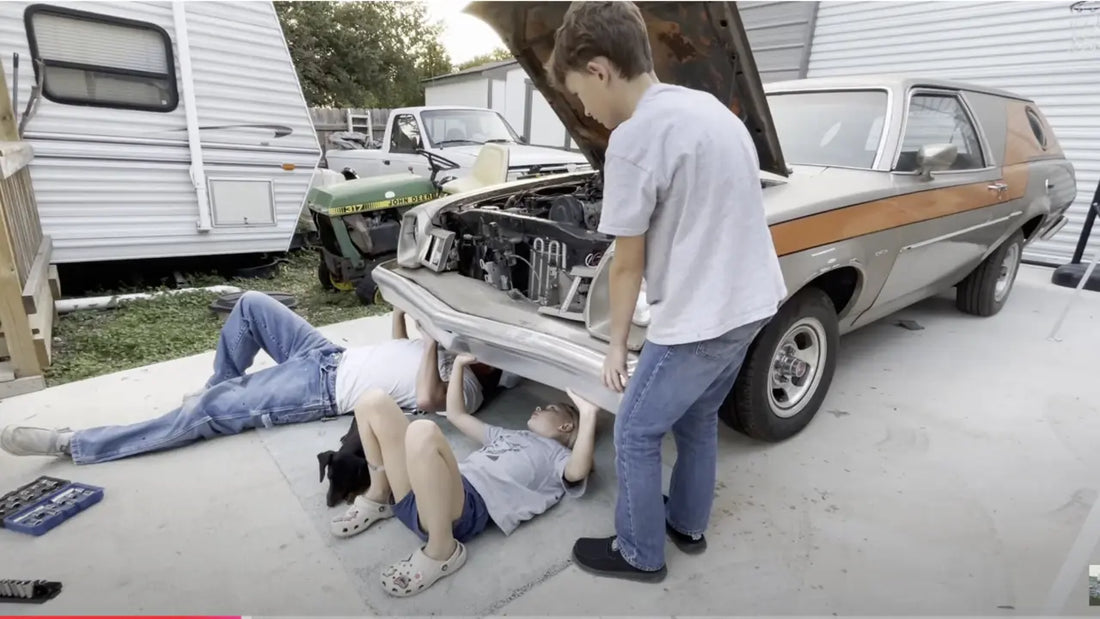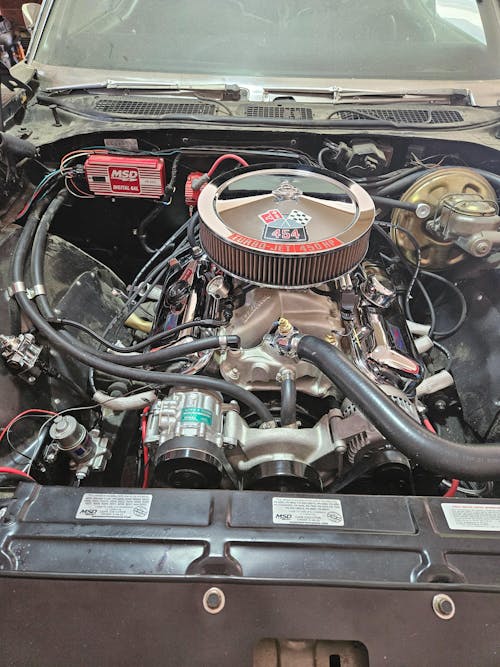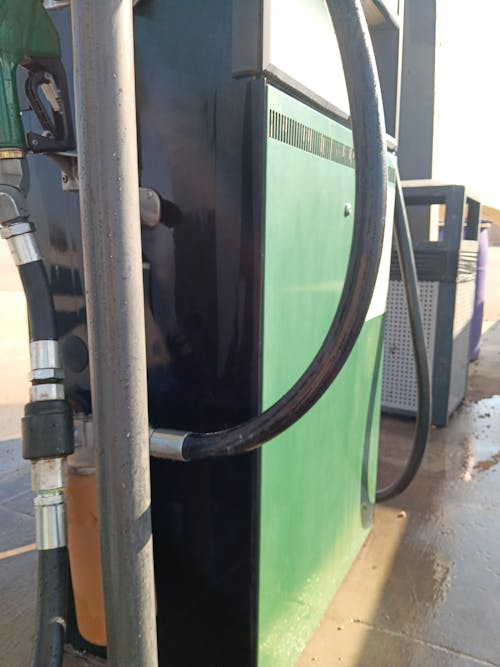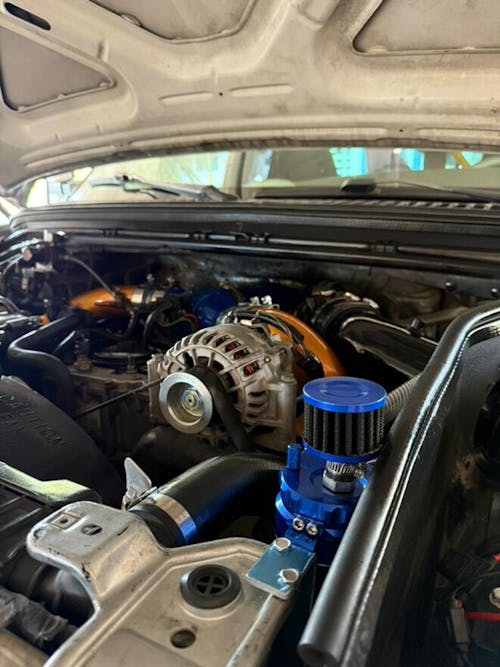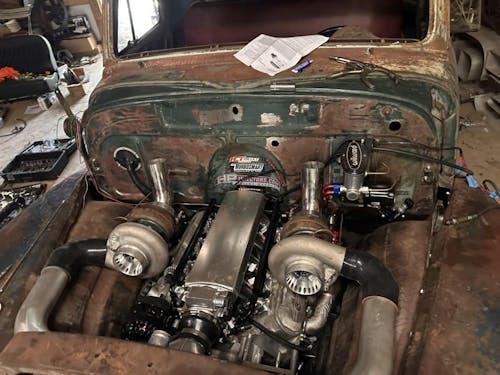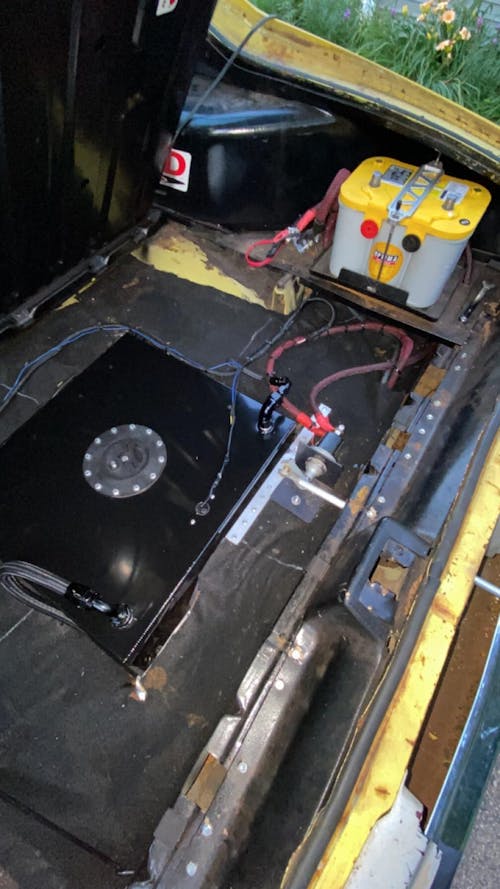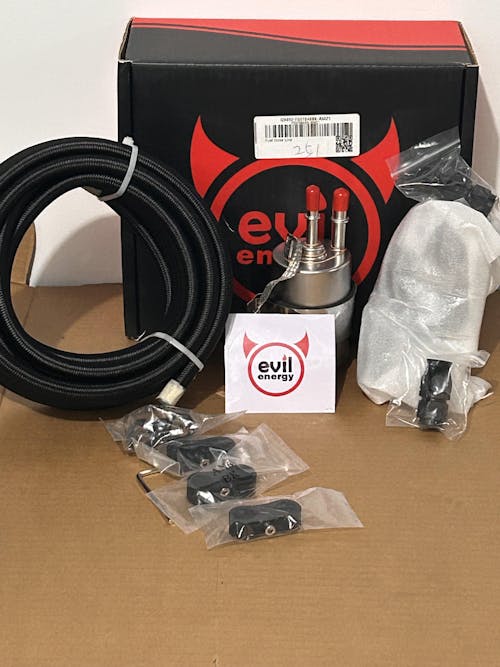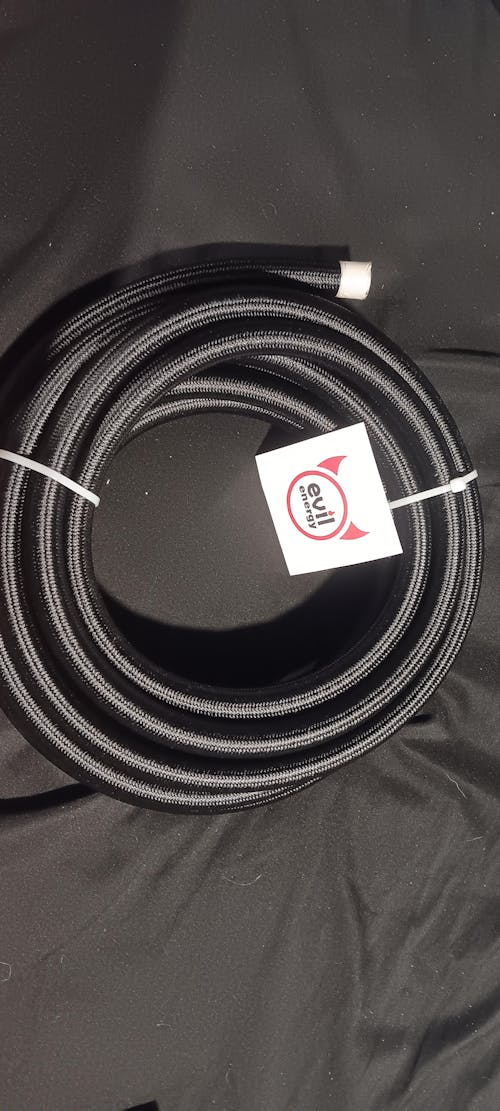How to Know If Your Fuel Pump Is Bad: A Comprehensive Guide
Understanding the Role of a Fuel Pump
-
Mechanical Pumps: Typically found in older cars and installed outside the fuel tank, these pumps are known for their characteristic noise and a higher tendency to wear out over time.
-
Electric Fuel Pumps: Commonly integrated within the fuel tank of modern vehicles, they offer a quieter and more reliable operation, addressing some of the limitations associated with mechanical pumps.
Common Symptoms of a Failing Fuel Pump
-
Unusual Noises: A loud whining sound from the fuel tank, as opposed to a normal low humming, could signal a malfunction. Such noises suggest that the pump might be struggling, possibly due to wear or coolant failure, necessitating immediate attention to prevent overheating.
-
Starting Difficulties and Engine Sputtering: A malfunctioning pump may struggle to push fuel through the lines, causing sputtering or popping sounds at startup. Sputtering at high speeds may result from inadequate fuel supply due to a clogged filter or a worn-down pump, indicating inconsistent fuel delivery.
-
Unexpected Stalling and Power Loss: This could stem from an overheating fuel pump, posing safety risks by failing to meet fuel pressure demands in diverse driving conditions. If the pump motor degrades and overheats, professional assessment and repair are essential for safe, reliable operation.
-
Drop in Fuel Efficiency or Surging Performance: Malfunctions may lead to excessive fuel consumption via a faulty valve, increasing costs. Fluctuating speeds hint that the pump, pressure regulator, or filter needs evaluation and possible replacement.
Diagnosing Fuel Pump Issues
-
Step 1: Gather Necessary Tools (Fuel Pressure Gauge, Multimeter)
-
Begin by assembling essential diagnostic tools, including a fuel pressure gauge to measure the system's fuel pressure and a multimeter to assess electrical connections.
-
-
Step 2: Measure Fuel Pressure Against Manufacturer Specifications
-
Attach the fuel pressure gauge to your vehicle’s fuel system. Start the engine and let it idle, observing the pressure readings. Rev the engine and note any deviations from the manufacturer’s specified pressure range, which could suggest inadequate pump performance.
-
-
Step 3: Listen for Pump Sounds and Check for Voltage at Terminals
-
Pay attention to the sound of the fuel pump; it should emit a consistent humming noise. Use a multimeter to test and confirm the voltage at the fuel pump terminals matches the vehicle's battery voltage. Discrepancies might indicate electrical issues affecting pump function.
-
Maintenance Tips to Prolong Fuel Pump Life
-
Maintain Fuel Levels: Keep the tank adequately filled to prevent the pump from overheating and reduce the risk of premature wear.
-
Use High-Quality Fuel: This prevents the formation of harmful deposits that may interfere with the pump's efficiency.
-
Replace Fuel Filters Regularly: Following the manufacturer's recommended intervals ensures that only pure fuel reaches the engine, protecting the pump and other fuel system components from clogs and damage.
Addressing Fuel Pump Replacement and Costs
Replacement Options: Professional vs. DIY
-
Costs: Fuel pump replacement costs are influenced by the vehicle's make and model, typically ranging from $150 to $300 when considering both parts and labor. For mechanical pumps, there's an option to rebuild, potentially offering savings.
-
Professional vs. DIY: Professional service ensures expert handling, but a DIY approach can reduce costs significantly with the right tools and skills.
Estimating Replacement Costs and Timeframe
-
At Dealership: Replacing a fuel pump can cost between $400 and $800.
-
DIY Method: More budget-friendly, with starting prices for parts around $90, depending on your vehicle. The task is often straightforward, requiring basic automotive tools and basic mechanical knowledge.
Consequences of Ignoring Fuel Pump Issues
Neglecting fuel pump problems can lead to various risks, including stalling and unpredictable vehicle performance. While it is possible to continue driving with a faulty pump, doing so could exacerbate issues, potentially leading to more extensive and expensive repairs. Timely replacement is advisable when symptoms first appear to ensure vehicle safety and reliability.
FAQ Section: Common Questions About Fuel Pumps
-
How Long Does a Fuel Pump Typically Last?
-
Fuel pumps are designed to be durable, often lasting from 50,000 to 200,000 miles under normal driving conditions. Most drivers won't need to consider a replacement until they've reached around 100,000 miles. Regular maintenance and using quality fuel can help prolong the life of the pump.
-
-
What Can Cause a Fuel Pump to Fail Prematurely?
-
Common causes include age-related wear, poor vehicle maintenance, and the use of low-quality fuel, leading to clogs, reduced fuel pressure, and overall pump failure. Running consistently low on fuel, exposure to dirty or contaminated fuel, and electrical or overheating issues can accelerate pump wear.
-
-
Can Ignoring Symptoms Lead to Major Engine Damage?
-
Yes, ignoring symptoms of a failing fuel pump can have severe consequences for your engine. Problems like starting difficulties, sputtering, or decreased fuel efficiency are warning signs that should not be overlooked. If left unchecked, these issues can escalate, leading to significant engine damage or complete breakdowns, resulting in costly repairs. Regular maintenance and attention to vehicle performance can prevent severe breakdowns and promote safe driving conditions.
-


![EVIL ENERGY 4/6/8/10AN PTFE Fuel Line Kit | E85 Nylon Braided Hose | 16/20FT Black Black with Comprehensive Fittings [20FT]](http://www.ievilenergy.com/cdn/shop/files/Test-2025-Evilenergy-125598065_165x.png?v=1742144807)
![ptfe hose fitting kit [16FT]](http://www.ievilenergy.com/cdn/shop/files/Test-2025-Evilenergy-125598171_165x.png?v=1742144807)
![CPE Fuel Line[25FT]](http://www.ievilenergy.com/cdn/shop/files/25FTCPE_FuelLine_165x.png?v=1735220649)
![CPE Fuel Line[20FT]](http://www.ievilenergy.com/cdn/shop/files/20FTCPE_FuelLine_165x.png?v=1735220649)
